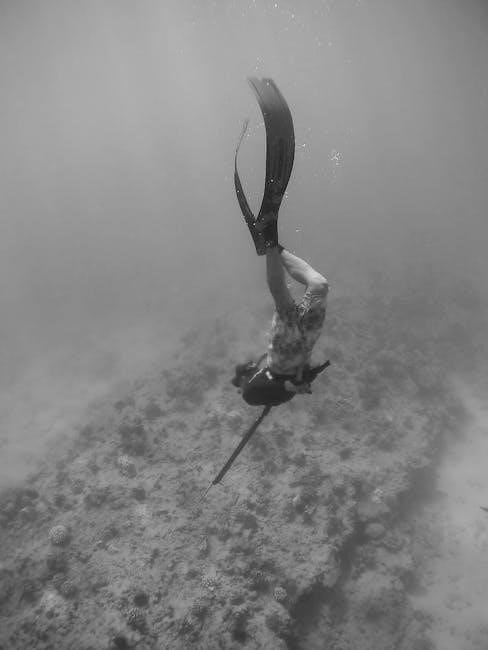Hawaii’s marine biodiversity is renowned for its unique species and vibrant coral reefs, providing a habitat for parrotfish, butterflyfish, and angelfish, which are vital to the ecosystem and Hawaiian culture.
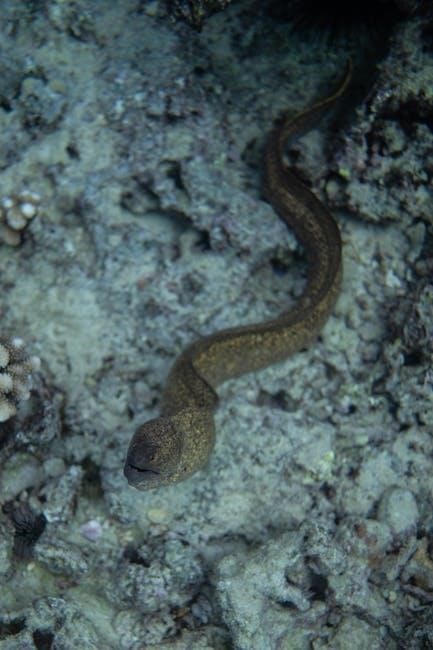
Overview of Hawaii’s Unique Marine Ecosystem
Hawaii’s marine ecosystem is home to the most remote coral reefs in the world, supporting a diverse array of marine life. These reefs protect shorelines and provide habitats for numerous species, including parrotfish, butterflyfish, and angelfish, which play crucial roles in maintaining the ecosystem’s balance. The unique biodiversity fosters a complex interaction between marine plants and animals, creating a vibrant underwater environment. This ecosystem is not only vital for marine health but also for the local communities that rely on it for food and cultural practices. Ensuring the conservation of these reefs and their inhabitants is essential for preserving Hawaii’s ecological richness and supporting its coastal populations.
Key Fish Species Found in Hawaiian Waters

Hawaiian waters are home to a wide variety of fish species that thrive in the region’s coral reefs and open ocean. Among the most notable are the parrotfish, known for their vibrant colors and role in maintaining reef health. Butterflyfish and angelfish also stand out for their striking appearance and importance in the marine food chain. Larger species, such as mahi-mahi and tuna, are prized for their speed and strength, making them popular among anglers. Additionally, surgeonfish, wrasse, and triggerfish are common inhabitants of Hawaiian reefs, contributing to the biodiversity of the ecosystem. These species not only support the marine food web but also play a vital role in the cultural and economic fabric of Hawaii, inspiring conservation efforts to protect their habitats and ensure their survival for future generations.
Importance of Marine Life in Hawaiian Culture
Marine life holds a profound cultural and spiritual significance in Hawaii, deeply intertwined with the islands’ identity and traditions. Hawaiians have long revered the ocean as a source of sustenance, inspiration, and spiritual connection. Fish and other marine creatures feature prominently in Hawaiian legends, art, and daily life. Traditional Hawaiian fishing practices emphasize respect for the sea and its resources, reflecting a deep understanding of the ocean’s bounty and the need for balance. Marine life also plays a role in Hawaiian ceremonies and rituals, symbolizing abundance, resilience, and the connection between people and the natural world. Today, efforts to protect marine ecosystems are driven not only by environmental concerns but also by a cultural commitment to preserving these vital resources for future generations. The ocean’s importance is encapsulated in the Hawaiian concept of aloha ‘āina, or love for the land and sea.

Popular Fish Species in Hawaii
Hawaii’s waters are home to vibrant tropical fish like parrotfish, butterflyfish, and angelfish, as well as prized game fish such as mahi-mahi and tuna, attracting snorkelers and anglers alike.
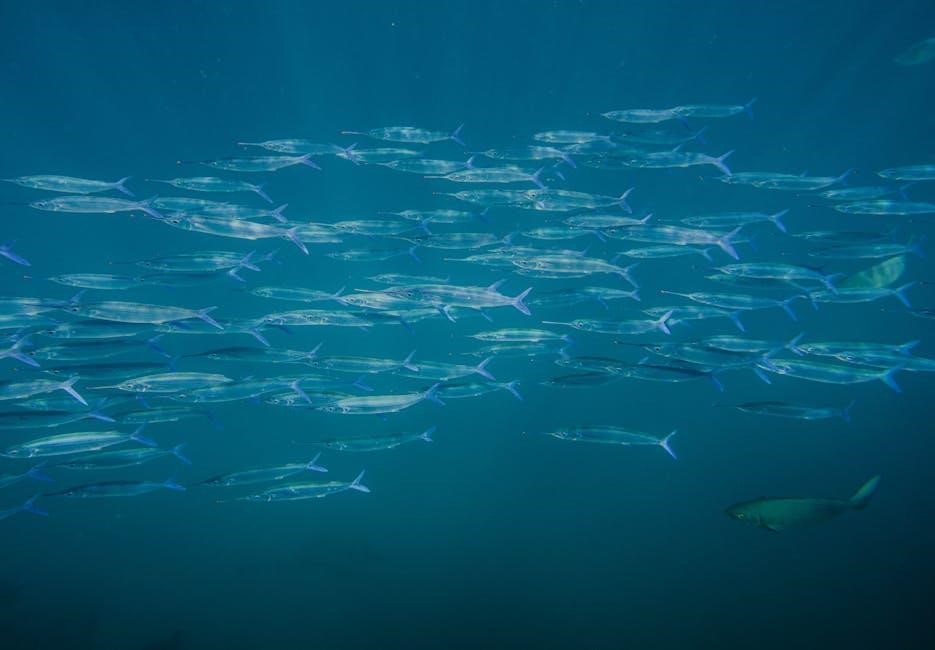
Tropical Fish: Parrotfish, Butterflyfish, and Angelfish
Hawaii’s tropical waters host an array of colorful fish, including parrotfish, butterflyfish, and angelfish. Parrotfish are known for their vibrant hues and unique snouts, which they use to scrape algae from coral reefs. Butterflyfish, often seen in pairs, display striking patterns and are essential for maintaining reef balance. Angelfish, with their flowing fins and iridescent scales, add beauty to the underwater landscape. These species thrive in Hawaii’s coral ecosystems, contributing to biodiversity. Snorkelers and divers frequently encounter them, drawn by their striking appearances. Their presence is vital for maintaining the health of Hawaii’s marine ecosystems, making them a focal point of interest in the region’s waters.
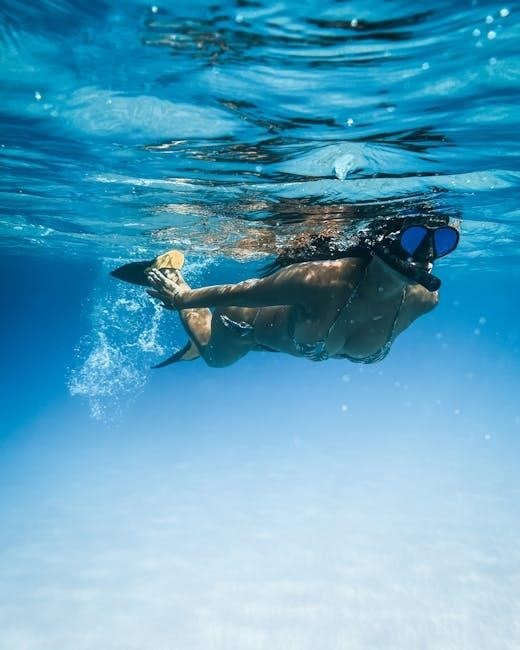
Game Fish: Mahi-Mahi, Tuna, and Marlin
Hawaii’s waters are renowned for their impressive game fish, including mahi-mahi, tuna, and marlin. Mahi-mahi, with their vibrant colors and acrobatic leaps, are a favorite among anglers. Tuna, known for their speed and strength, are both a prized catch and a vital food source. Marlin, particularly blue marlin, are celebrated for their size and fighting spirit, making them a pinnacle of deep-sea fishing. These species are not only sought after for recreational fishing but also play a significant role in Hawaii’s commercial fisheries. Their abundance in the Pacific Ocean surrounding the islands supports a thriving marine ecosystem and contributes to the local economy. Sportfishing enthusiasts flock to Hawaii to experience the thrill of reeling in these powerful fish, making them a cornerstone of the region’s maritime culture and economy.
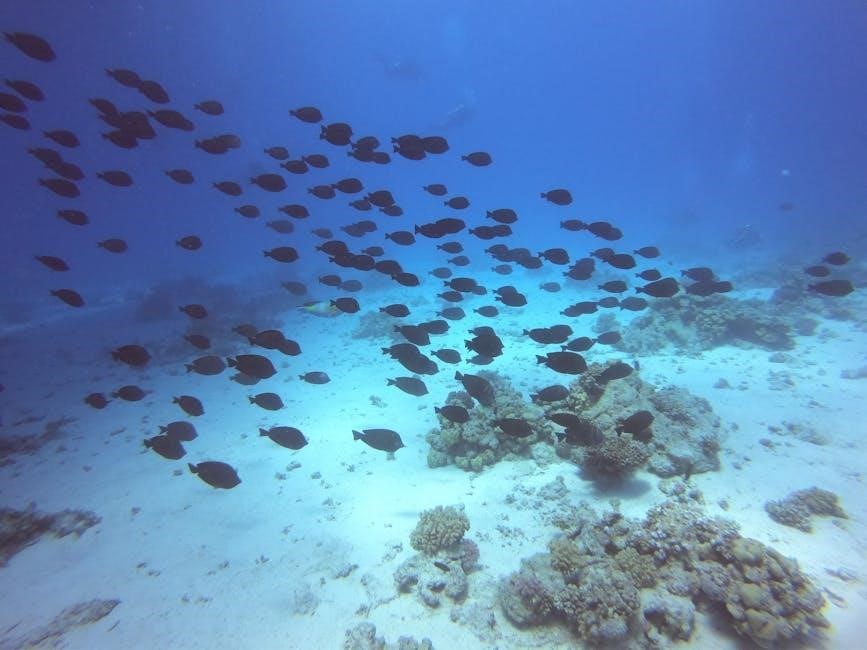
Reef Fish: Surgeonfish, Wrasse, and Triggerfish
Reef fish such as surgeonfish, wrasse, and triggerfish are integral to Hawaii’s vibrant coral reefs, playing crucial roles in maintaining the balance of marine ecosystems. Surgeonfish, with their striking colors and scalpel-like tails, are common sightings near coral formations, feeding on algae and helping to keep reefs healthy. Wrasse, known for their diversity in size and color, are often seen darting through the water, contributing to the dynamic beauty of Hawaiian reefs. Triggerfish, recognizable by their distinctive “trigger” fins, are both fascinating and territorial, adding to the reef’s complexity. These species are not only vital to the ecosystem but also popular among snorkelers and divers, who marvel at their beauty and behavior. Their presence underscores the richness of Hawaii’s marine biodiversity and the importance of preserving these delicate habitats for future generations.

Conservation Efforts and Protected Species
Hawaii’s conservation efforts include marine protected areas, sustainable fishing regulations, and initiatives to protect endangered species, ensuring the preservation of its unique marine biodiversity for future generations.
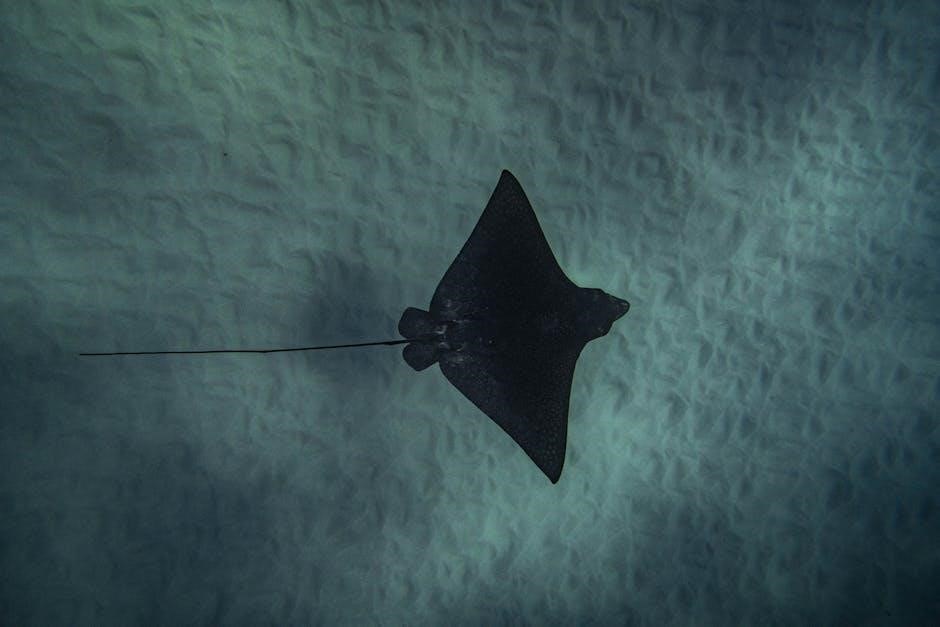
Endangered Fish Species in Hawaii
Hawaii is home to several endangered fish species, including the iconic parrotfish, which plays a crucial role in maintaining coral reef health by controlling algae growth. These species face threats from habitat loss, climate change, and overfishing, highlighting the need for urgent conservation measures. Parrotfish, known for their vibrant colors and unique “rasping” sound while feeding, are particularly vulnerable due to their reliance on specific coral habitats. Efforts to protect these species include stricter fishing regulations and the establishment of marine protected areas. Public awareness campaigns also emphasize the importance of preserving these fish to maintain the balance of Hawaii’s delicate marine ecosystem. Without these species, coral reefs could deteriorate, leading to cascading effects on marine biodiversity and coastal communities that depend on these ecosystems for livelihood and cultural practices. Conservation initiatives are vital to ensure the survival of these endangered fish and the health of Hawaii’s oceans.
Marine Protected Areas and Reserves
Hawaii’s marine protected areas (MPAs) and reserves are essential for preserving the state’s vibrant marine biodiversity. These designated regions provide a safe habitat for fish, coral, and other marine life to thrive without human interference. One of the most notable MPAs is the Papahānaumokuākea Marine National Monument, a UNESCO World Heritage Site, which is one of the largest marine protected areas in the world. These reserves not only protect endangered species but also help replenish fish populations and maintain the health of coral reefs. By limiting fishing and human activity, MPAs allow marine ecosystems to recover and flourish. They also support scientific research and cultural practices, such as traditional Hawaiian fishing methods. Protecting these areas is critical for ensuring the long-term sustainability of Hawaii’s ocean resources and the many species that call them home. These efforts are vital for maintaining the balance of Hawaii’s unique and fragile marine environment.
Regulations for Sustainable Fishing Practices
Hawaii has implemented strict regulations to ensure sustainable fishing practices, safeguarding its marine biodiversity. These rules include permits for commercial and recreational fishing, gear restrictions to minimize bycatch, and catch limits to prevent overfishing. Size restrictions on certain fish species, such as parrotfish, are enforced to allow them to reach reproductive maturity. Seasonal closures during spawning periods further protect vulnerable populations. Additionally, protected species like sea turtles and monk seals are safeguarded through specific regulations. Enforcement is carried out by local authorities, who monitor catches and inspect fishing gear. Public education campaigns emphasize the importance of sustainable practices. These measures aim to balance the needs of the fishing industry with the preservation of Hawaii’s marine ecosystem, ensuring the long-term health of its fisheries and the biodiversity they support. By adhering to these regulations, Hawaii promotes a sustainable future for its marine resources.
